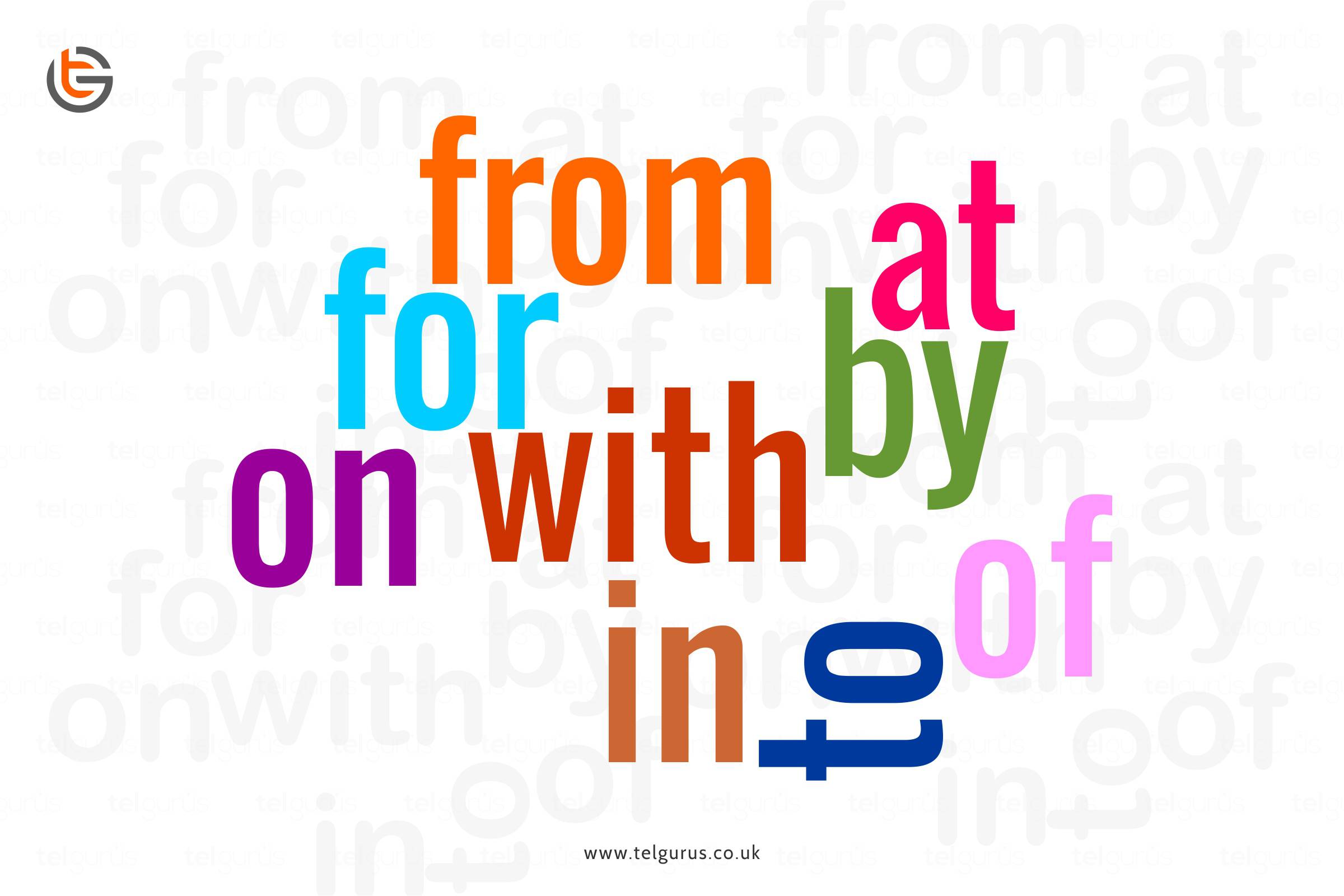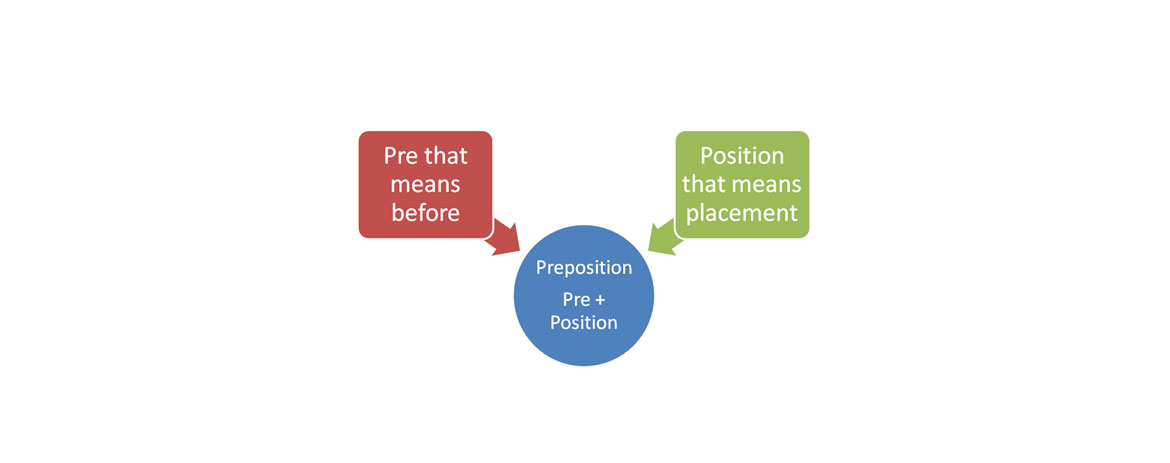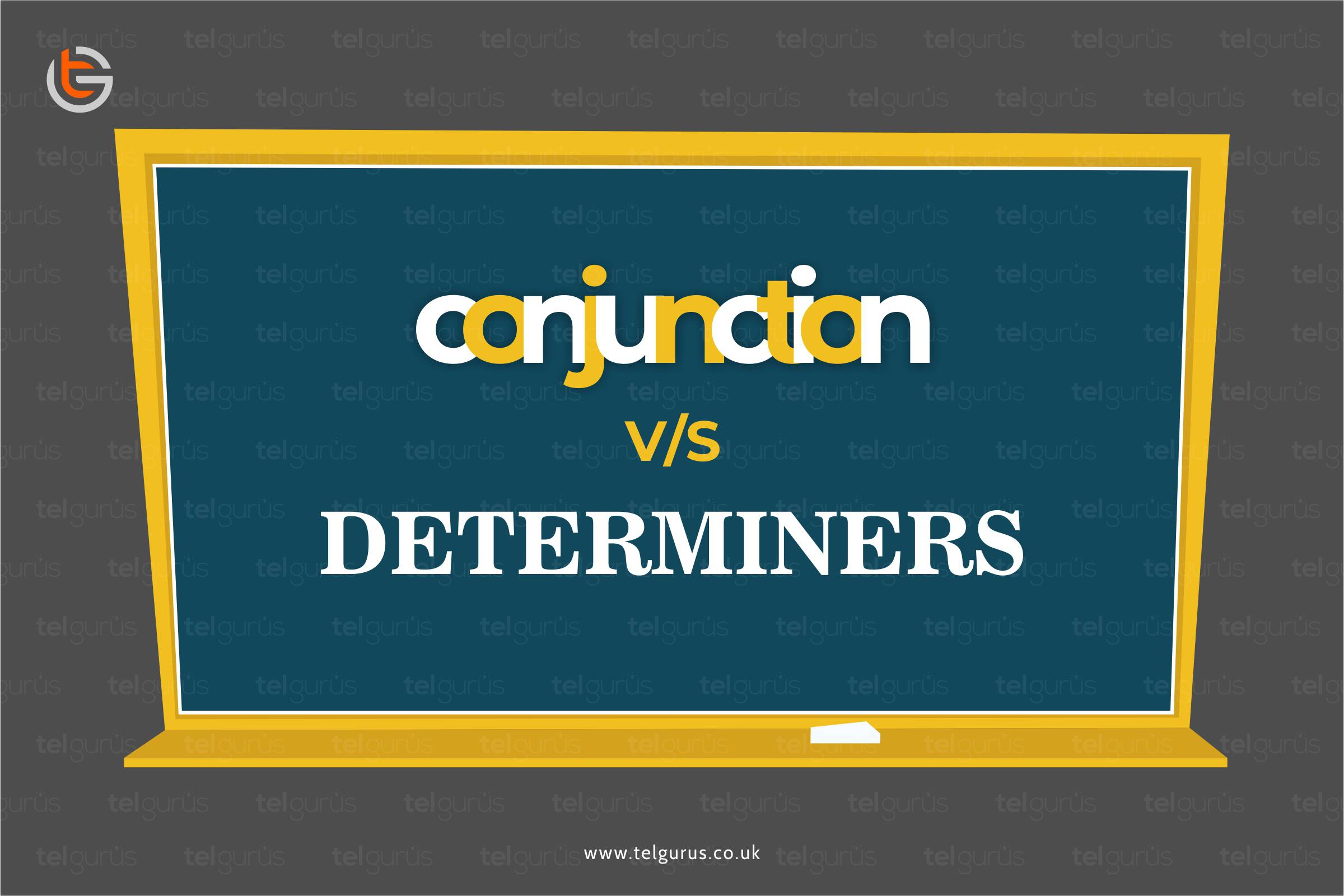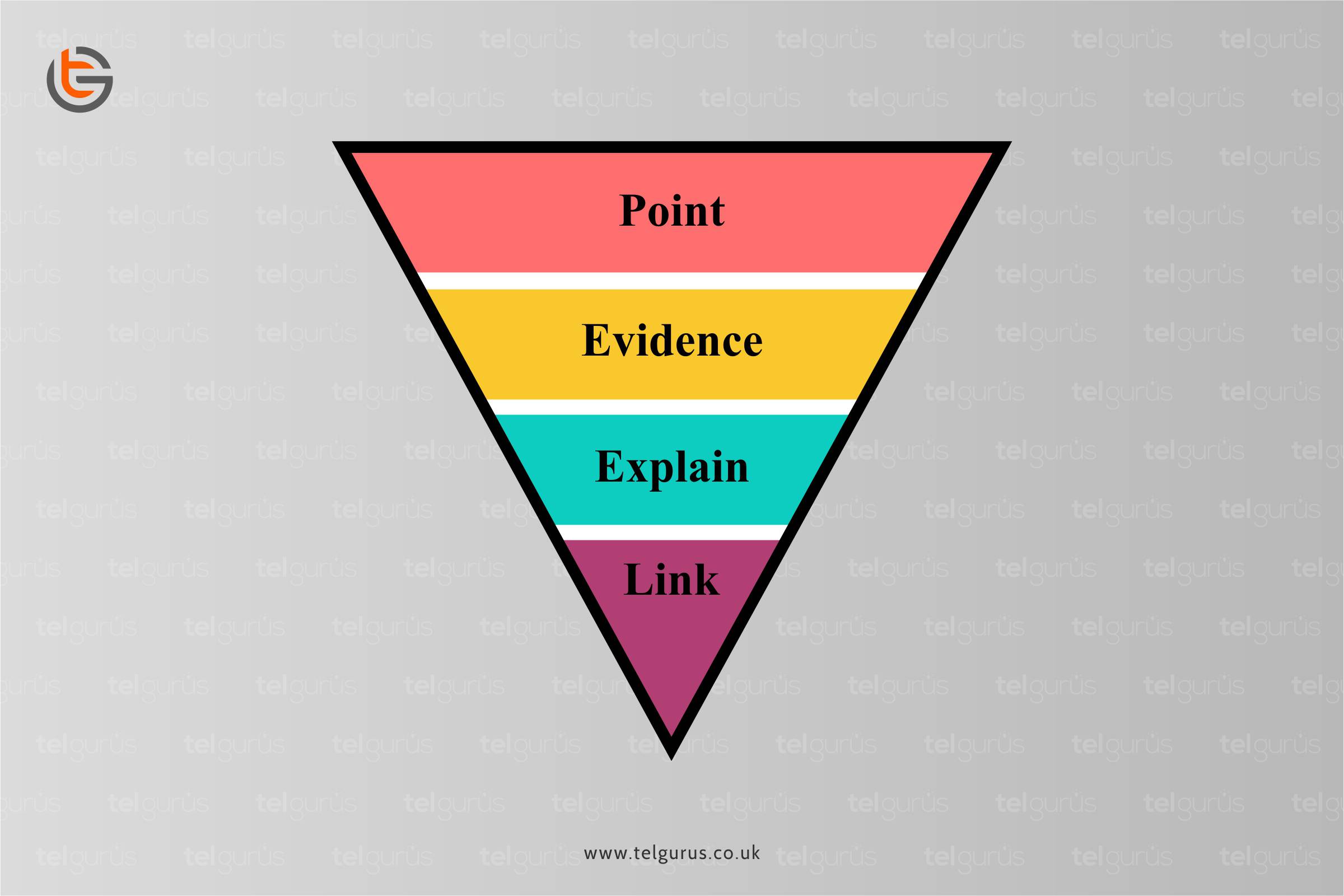Enrich your knowledge with our informative blogs
What is the use of prepositions in English?

Learning prepositions is pretty tricky and it is complicated to understand the usage of prepositions in English. But with this article, you won’t find it difficult anymore. Check out the blog till the end and get familiar with everything you need to know about the Prepositions.
Prepositions are defined as the words which join a pronoun, noun, or noun phrases to make a sentence complete. Let us understand the meaning of prepositions first
And that is what Prepositions do! Prepositions are used in the sentences to indicate the direction, time location, and also sometimes to introduce an object.
Now let us get acquainted with the common prepositions and a few rules concerning them.
A few rules of Prepositions
Prepositions of Direction
Prepositions of Direction are basically used to refer to a direction. Here the prepositions used include to, in, into, onto, and on.
For example,
She drove to the store.
Prepositions of Time
Prepositions of Time are generally used to refer to one point in time. Here to refer to the Time, prepositions include in, on, and at.
“in” is used in the parts of days, years, months, and seasons.
For example, The weather is cold in December.
“at” is used with the time of a day.
For instance, She often goes for a walk at night.
“on” is used with the days.
I usually work on Sundays.
Prepositions of Place
Prepositions of Place refers to a place and uses the prepositions in, at, on, and inside.
Where
“in” refers to the point itself
For example, They will meet in the cafeteria.
“At” refers to the general vicinity
For example, He was waiting at the corner.
“On” refers to the surface
For example, He left his phone on the table.
And “inside” refers to something contained.
For example, Place the pen inside the book.
Prepositions of Place also refers to an object higher or lower than a point where the prepositions used include “over” and “above” for the higher point and “below”, “beneath”, “under”, “underneath” to refer to lower ones.
For instance,
The plates are placed on the above shelves.
The cat is hiding under the table.
Prepositions of Place are also used to refer to an object close to a point. Here the prepositions used include by, near, next to, between, among, and opposite.
For instance,
The park is near the school.
The purple color is catching the attention among all.
Prepositions of Location
The Preposition of Location refers to some location where the prepositions used include in, at, and on.
Where
“In” refers to an area or volume
For example, They live in the city. (refers to an area)
“At” refers to a point
For example, You can find him at the library. (refers to a point)
“On” refers to a surface
For example, There is a lot of dirt on the table. (refers to a surface)
Prepositions of Spatial Relationships
The prepositions of spatial relationships use the prepositions including above, ahead of, against, across, along, among, below beneath from, besides, in front of, towards, under, within off, out of, through, inside, near, and behind to represent a spatial relationship.
For instance,
Walk towards the shop and then turn right.
The kids are hiding behind the table.
Types of Prepositions
- Simple Preposition
Simple prepositions include one word and are also known as a single preposition. A few examples of simple prepositions include in, at, to, for, up, after, with, etc.
- Double Preposition
Double prepositions are the one that includes more than one word. The double prepositions examples include into, within, up to, etc.
- Compound Preposition
Compound prepositions are those that include two or more words. For instance on behalf of, in front of, etc.
- Participle Preposition
Participle Prepositions are those that consist of the words ending with “ing”. For instance, regarding, considering, concerning, etc.
- Disguised Prepositions
The disguised preposition examples include “by” can be changed to be, “of” can be changed to “o” and “on” can be changed to “a”. For example, 5 O’clock.
- Phrase Prepositions
Phrase Prepositions are the group of words that are used with a single preposition’s force. The Phrase Preposition examples include according to, in front of, instead of, etc.
Why Prepositions are essential?
Prepositions are often known as the biggest smallest words in English as they play a crucial role in the meaning of a sentence. Even a misused preposition can make a huge difference and make the entire sentence confusing and unclear. Prepositions are generally used to connect the pronouns, nouns, and phrases to the other words in a sentence.
Read More – English Questions
View More – Useful links for Your Child’s Development

Let your personality sparkle when you speak!
Lead, communicate and achieve higher when you explore the world of opportunities with strong English concepts at TEL Gurus.
Categories
Recent Posts
- List of the qualities you should look for in your tutors?
- What is the most useful formulas in math?
- Describe the process of eating to defecation of food?
- Difference between the natural and artificial active response by the immunology system.
- Explain the different circle theorems
- How are nerve cells adapted to their function?











